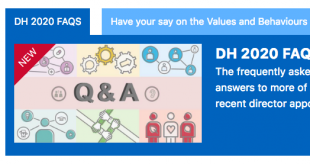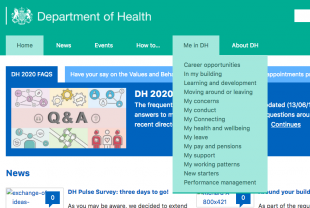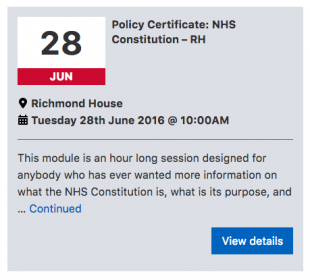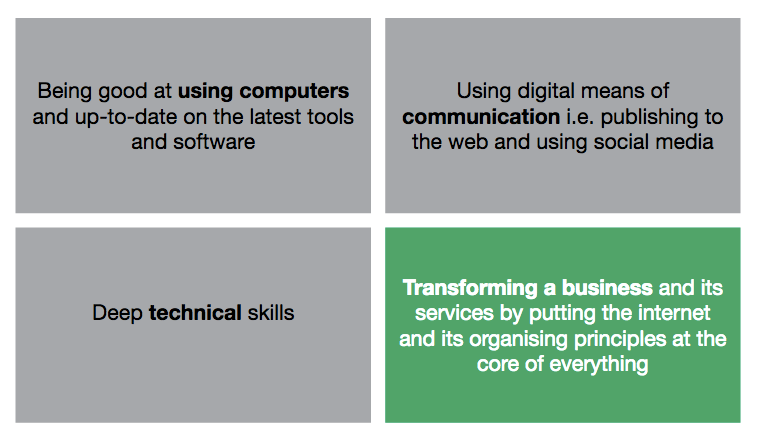In Public Digital we often talk to clients about working in the open. We think it’s a key ingredient of successful digital transformation.

What is working in the open?
Working in the open means showing people the work you are doing, as you’re doing it. At a minimum this should be people within your team and people across your organisation. Even better is sharing publicly, with stakeholders outside your organisation who have an interest.
Working in the open is not just about demonstrating progress, but also talking openly about mistakes, changes, and things you’ve learned. It’s partly to support communications, to help you build a movement for change. But it’s also about good governance. It gives stakeholders a window onto your work that drives up quality, helps unblock, and manages your dependencies. Work in the open by being open about the work.
Typical examples of working in the open are as follows.
Hosting ‘show-and-tell’ sessions. A show-and-tell is a regular (every 2 weeks, say) open invite event. The team does a short presentation about recent progress, and allows time for questions at the end. Importantly the team does not simply give a status update but “shows the thing”. Such as prototypes, designs, research, or other lightbulb moments.

Publishing regular updates on the team’s progress. For instance by writing and publishing weeknotes. Or writing regular posts about more specific things as they learn them. This could be a set of insights from user research sessions. Or the logic behind making a particular choice about a technology.
-
NHS trust digital leaders Amy Freeman and Andy Callow both publish weeknotes.
-
NHS Digital hosts a series of blogs on transformation, technology, and design.
-
The Defra Future Farming programme blog.
Publishing code and documentation as open source. When a digital team is developing a digital service or piece of software they should code in the open wherever possible. Publishing code in public repositories helps teams focus on the quality of their code and documentation. It allows others to build or copy the work that has been done.
-
GCHQ’s internal Boiling Frogs research paper on software development and organisational change. If GCHQ can work in the open, anyone can.
-
NHS design and prototyping kit code repository.
-
The Government Digital Services’s code repositories.
Using workplace messaging tools. This is one of the simplest things you can do to help your teams work in the open more. Posting information in a ‘chatroom’ rather than sending an email switches the default visibility of a message from closed (only the people copied get it) to open (everyone in the channel or room gets it). This helps all the team know what’s going on, and allows the team to discuss important topics together. It also allows discussion to happen asynchronously without the need for a meeting.

Richard Pope has published a brilliant thread on twitter of some of the things teams publish in the name of working in the open & transparency.
How does working in the open help
Traditional methods of project communication typically follow these patterns:
-
Broadcast. The communications are one-way.
-
Hierarchical. Only the most senior people are allowed to represent the project.
-
Tightly controlled. Everything has to be cleared by a separate comms team.
-
PR-oriented. The objective is to spin what you’re doing to show it in the best possible light.
-
Big bang. One big press release when the work is ‘finished’.
These types of communications are often impersonal, inauthentic, and frankly boring.
Working in the open is typically low cost and has a number of advantages.
It supports better project communications because:
It builds momentum. Digital transformation is not only about technology. It’s also about changing culture, process and operating models. You won’t be able to do this in a silo. By working in the open, you can develop your narrative and bring people with you. It helps create momentum for change. Sharing what you’re doing little and often increases the chances people will engage, reaching wider audiences.
It’s 2-way. It allows your audience to interact and converse with you. It opens up a channel for you to receive feedback.
It is timely and relevant. Avoiding long comms clearance processes enables your communications to happen when the work does. This helps build momentum and keeps you on the radar of key stakeholders: decision makers or funders. Decision makers don’t like surprises.
It has more authenticity. Working in the open allows you to talk in the voice of the people who best understand the project. Helping people understand why you’ve made the decisions you have builds trust. Like your maths teacher used to say, show your working out.
It supports better project governance because:
It makes the service better. More eyes and earlier eyes on the service, product or project means it will get improved, more quickly and at lower cost/risk.
It is a window onto your world. It allows stakeholders a much clearer understanding of what the hell is going on than a Red/Amber/Green status report in 8pt Arial on a slide.
It manages dependencies. Legacy organisations tend to try and manage dependencies in large spreadsheets. This may allow one person (the owner of the spreadsheet) to understand dependencies. But this isn’t enough. Working in the open allows everyone to see what’s in flight, and identify and manage dependencies for themselves.
It helps you manage and persist knowledge. It enables you to build an open store of understanding and insight over time about how and why things have been done. This makes it easier for others to copy or pick up where you left off. It allows others to link to what you are doing and explain.
It supports capability building because:
It helps you hire. Digital professionals like to be able to work in the open. If your organisation can show that it works this way, you will attract more of the people you need. “I asked members of the audience to raise their hand if they wanted to work at GDS after reading one of its blog posts. 75 per cent of people put their hand up.”
It is democratic. Everyone on the team is empowered to showcase their expertise about what they’re doing and why. This builds confidence in communications skills. It helps everyone feel like they are contributing.
If you want to build trust, confidence, and learning, we suggest you work in the open.
Further guides
More advice on agile communications from Giles Turnbull.
More advice on weeknotes from Giles and Ben.
More advice on running great show and tells.
More advice on doing presentations.
More advice on coding in the open.
This post was originally published on the Public Digital website on 21 January 2022.




